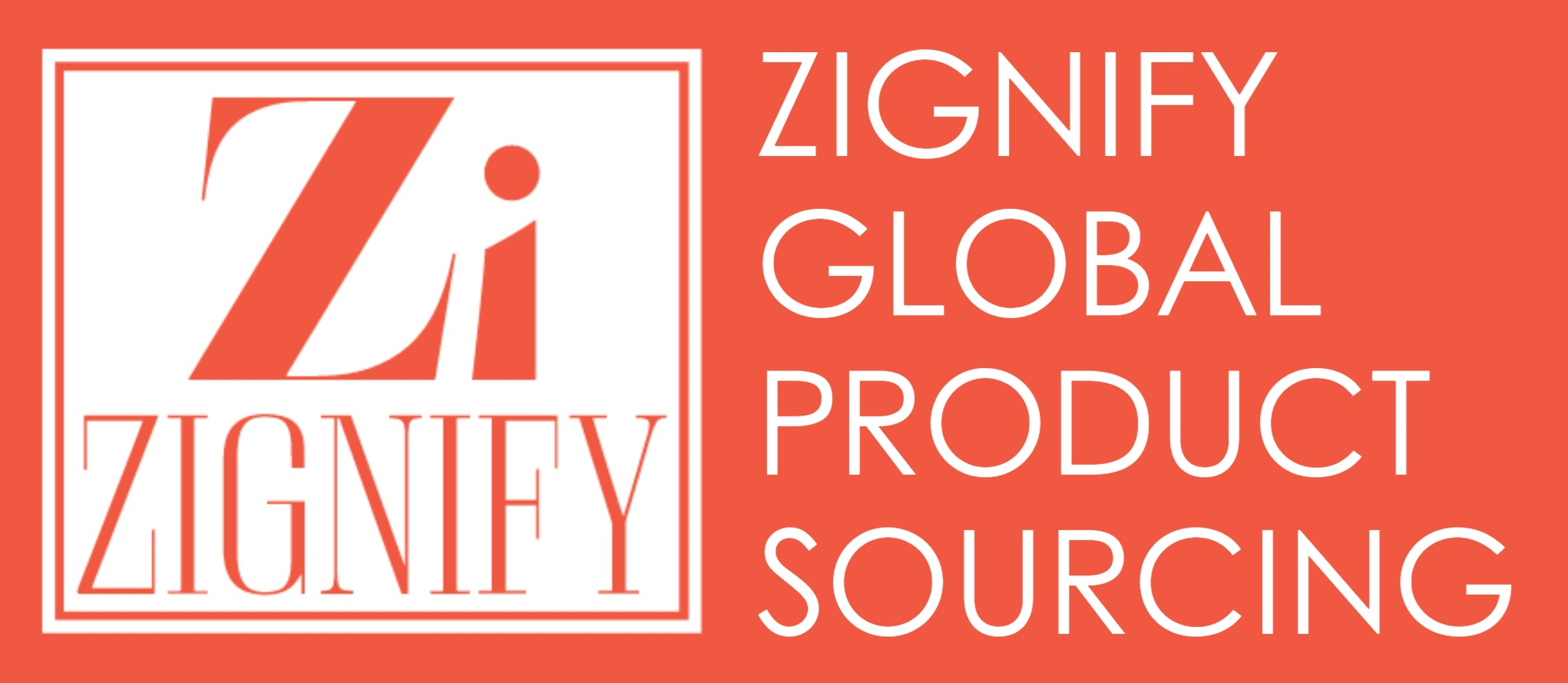
You have a brilliant business idea and you have everything else figured out except the product to sell. Honestly, it is hard to sell a product if you don’t have a product to sell. Sourcing new products can be a daunting task but it can be easy when the right channels are used. Ultimately, the best way to maximize profits in your business is to source out products in a way that will work for you. You need a product sourcing strategy that runs at the speed of today’s business.
Many people think that product sourcing is easy and a walk in the part because all you have to do is simply find suppliers, make lifetime deals, and call it a day. But if it were that easy, I guess then everybody would be doing it, right?
You have to strategize how to choose and source products that will work to your advantage and still manage to escape the potential pitfalls of sourcing. When the sourcing process is meticulously thought and planned, the chances of maximizing profit margins are even higher. Here are some tips to point you in the right direction.
Conduct a Market Research for your Product
It is of the essence for the retailers to first understand the product. Conducting thorough market research is very vital and lack of it eventually leads to failure. The research should be well-rounded and include:
o Consumer Demand
What are your consumers asking for? What are they talking about on social media? What kind of feedback are you getting from through different channels? What topics engage them most? Is there enough room in the market for your product? What are their concerns?
Remember that good sales indicate high demand and great sales means you can step up to the next level and start looking for a supplier. It is essential to narrow down your choices to products that sell well but they don’t have a lot of retailers offering them.
o Trends
What’s trending in the streets of social media? Which company seems to address these trends? Are these trends crossing over to other categories?
With this information, it is crystal clear what the buyer wants and can make an informed decision to contact suppliers.
Contact Potential Suppliers
After conducting market research and you know what you want then you have to reach out to the supplier. You need to know what you want from the supplier. Are you looking for samples? Information? Specific products? Knowing exactly what you’re looking for after making contact with the initial supplier will make the process flow smoothly without hitches.
This step is very crucial because you can also reach out to suppliers that you have had contact with before. Platforms like Range Me are great to engage in because they enable easy researching of products by buyers and hence reach out to suppliers.
Ask for Samples
It goes without saying; after you buy a car you must test drive it, right? Just like a test drive is important, as a retailer buyer you cannot put up a product that you haven’t done sampling. When contacting potential suppliers one of the key questions is to ask for sample products so as to get feedback from team members. This also gives you a chance to get up-close and personal with the product.
A product that is in your hands will speak volumes about its quality. Asking for samples is an efficient part of the product sourcing process that helps you gauge the quality of a product and see if it meets your expectations.
Order a trial- run for the product
Once you find a potential product that meets your expectations, order a trial-run for the product. It means that you can ask for a certain number of units to be tried only in certain stores.
You should set parameters and key performance indicators around the trial run, including how long the trial will run, and sales ratios. Trial and testing is a great way to get consumers feedback on the product. It also exposes insights on the strengths and weaknesses of a product before a full launch. This will indicate if you are on the right course or not.
Evaluate Supplier
During the trial-run order period, you can tell if you will maintain a supplier for a long time basis or not. Having parameters as mentioned above is important to help retail buyers evaluate suppliers when the trial-run ends.
Some of the questions that will pop out: Did the supplier overperform or underperform? How was the product received in the stores? Did the product meet the set expectations? How was the relation between you and the supplier? Were they effective in their communication and clear? Did the shipment arrive at the agreed time? What was the nature of the products after being shipped? Did they arrive intact? Was the quoted cost on point?
The answers to the questions above will give a clear sign where the supplier is for keeps or not. It can either be a deal-breaker or maker between the buyer and supplier relationship. It is also ethical to leave a professional response after you discontinue the services of a supplier. As a retailer, if you choose to drop a supplier, honest and constructive feedback can be helpful to the supplier so that they can understand why the relationship didn’t blossom or better still improve their services for the future.
Don’t Settle with One Source
Always remember that your business is to always keep the consumer happy by ensuring that they find products on the shelves. There are so many things that could go wrong if you rely on one supplier. You don’t want to shake the trust of your loyal consumers.
Keep your supply options open and do not entirely depend on a single source. To have more than one supplier for a product ensures that not only is the retailer getting what they need, but consumers are as well.
